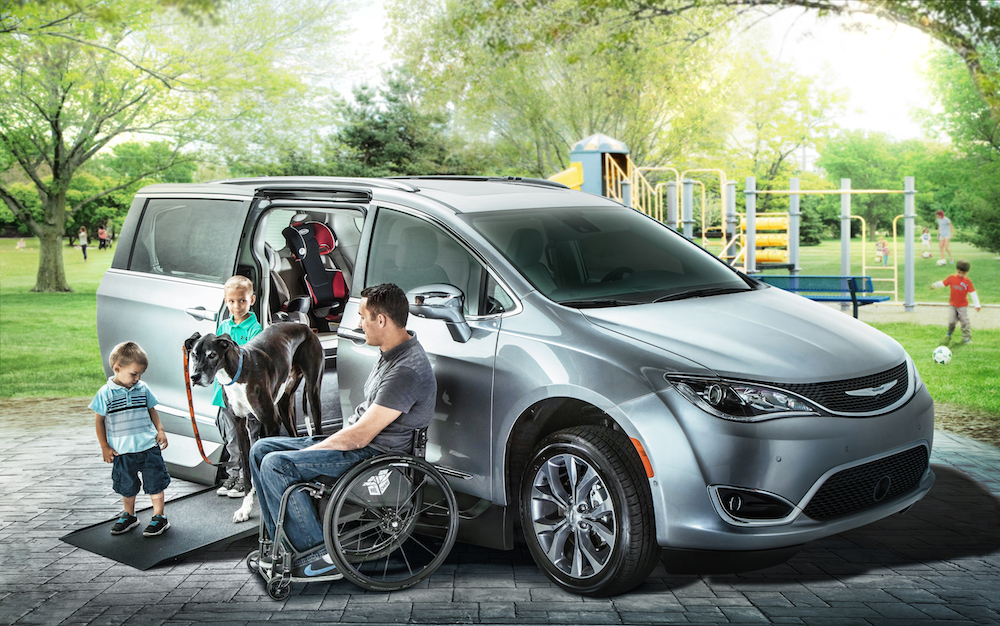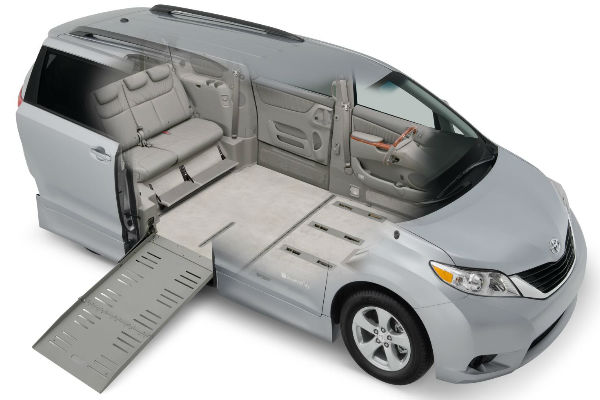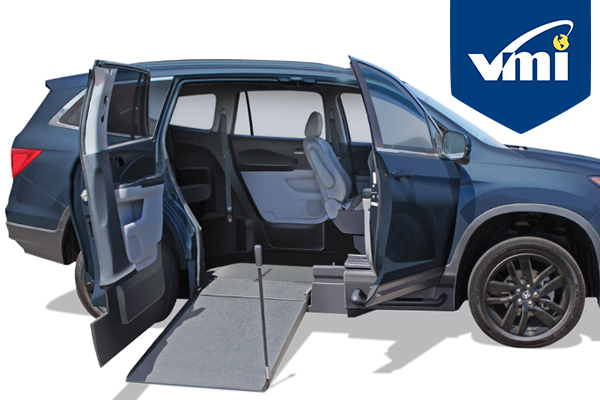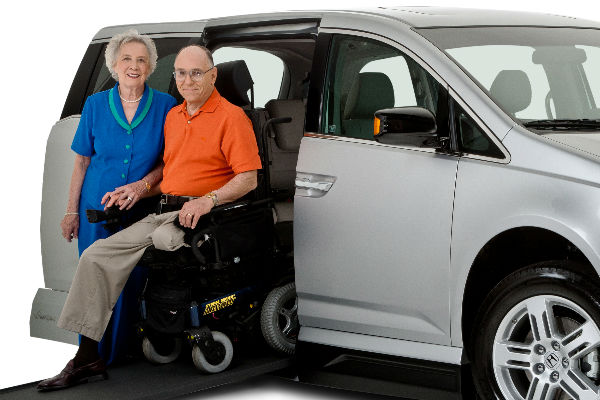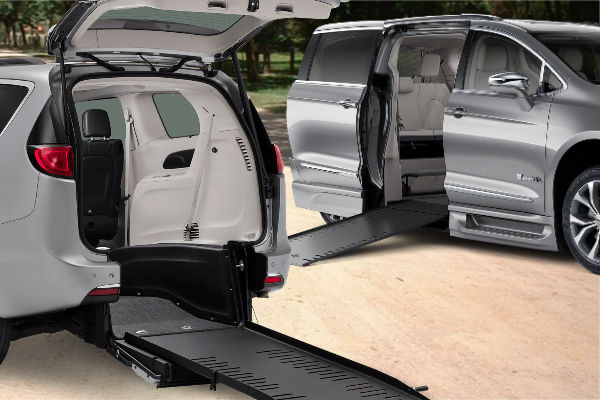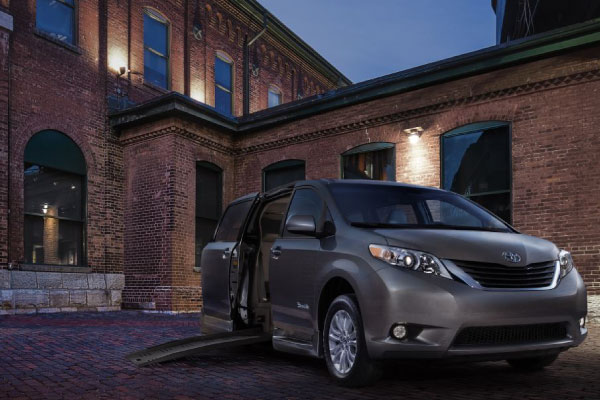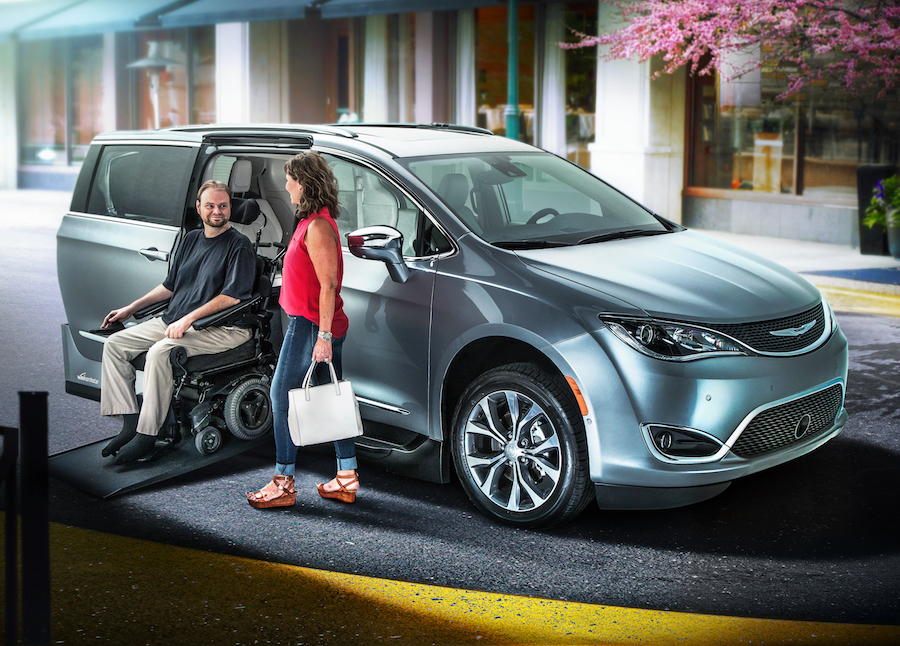Wheelchair Accessible Vehicle Upkeep
Wheelchair Accessible Vehicle Upkeep
Wheelchair accessible van ownership van can be similar, in many ways, to owning an unconverted or regular vehicle. Wheelchair van ownership can also differ from that of an unconverted vehicle. One area of ownership where these differences exist is the upkeep of the vehicle.
Along with actions one might take to upkeep an unconverted vehicle, such as washing and waxing the vehicle, getting the oil changed, etc…, there are additional areas where attention is needed on a wheelchair accessible vehicle.
What upkeep is the same as an unconverted vehicle?
The below list covers some important items that apply to the upkeep of both unconverted vehicles and wheelchair accessible vehicles.
-
Exterior - Keep clean to preserve paint, prevent rust. (wash and wax on a regular schedule)
-
Interior - Keep clean to preserve upholstery (seating, carpeting, etc..) (vacuuming, cleaning windows, wiping down interior surfaces, etc…)
-
Engine - Oil changes on a regular schedule. Tune up to replace items like air intake filters and spark plugs when needed. (part of regular maintenance)
-
Wear items - As needed, monitor and replace items such as tires, brake pads, brake discs, etc...
What upkeep is different from an unconverted vehicle?
The below list covers some important items that apply to the upkeep of a wheelchair accessible vehicle.
-
Wheelchair Ramp and Sliding Door - One of the single most important parts of a wheelchair van conversion, the wheelchair ramp is what allows a wheelchair user access into the vehicle. It is very important to pay attention to the area where the ramp is stowed and deploys from (especially if it an in-floor style ramp system). Be sure that this area is kept clean and clear of debris. The same goes for the track of the power sliding door. Be sure that there are no obstructions, and try to prevent a build up of any dirt or debris, as this could eventually lead to a malfunction of the power sliding door and/or ramp system.
-
Battery - On top of the demand for electricity from the increasing number of electronic systems on modern vehicles, the conversion system adds some extra load. It is important to notice any changes in the speed at which the conversion is operating, or if the vehicle seems to have a harder or longer time starting. These can be indications of a weak battery, which you will want to address to avoid the possibility of being stranded in a vehicle with no power.
-
Tracks for Tie-Down Straps - Most wheelchair accessible vehicles come with a system for securing the wheelchair. Most commonly, this is found in the form of a track system to which straps are anchored and used to secure the chair. Be sure to check these tracks regularly to be sure they are clean and clear of debris. If let unchecked, dirt, grime, and other debris can build up in the track which can cause problems when trying to use the straps.
-
Conversion Software Updates - The conversion system in a wheelchair accessible vehicle runs off of a computer. Periodically, the conversion manufacturers will release software updates for their conversion systems. Sometimes a conversion will not be operating properly and there seems to be nothing mechanically wrong with the conversion. If this is the case, there’s a chance that the conversion needs a software update, which can be taken care of by your local wheelchair accessible vehicle company.
-
Conversion System Maintenance - The modern day conversion systems installed on wheelchair accessible vehicle are complex, with many moving parts. It is imperative that the owner of a wheelchair accessible vehicle stick to a regular schedule for maintenance of their wheelchair van conversion system. Mobility Express recommends that for a van that is less than 5 years old, operational maintenance be performed at least once every 12 months. For wheelchair vans that are more than 5 years old, we recommend operational maintenance be performed at least twice every 12 months.




































